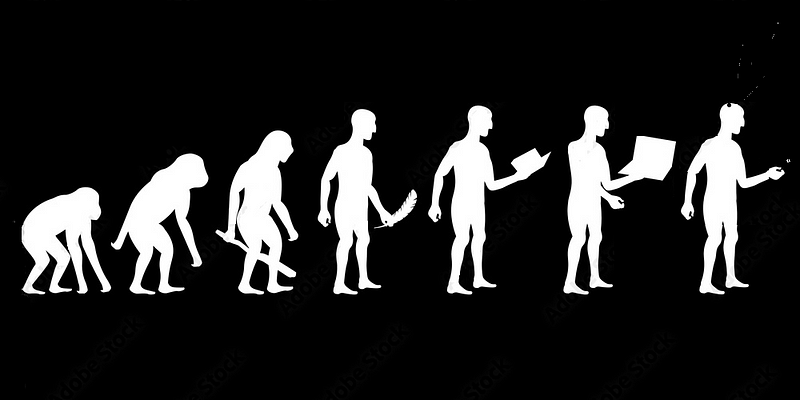Unlocking the Future: The Transformative Power of BCIs
Written on
Chapter 1: A Gateway to New Possibilities
Embark on an exploration of how Brain-Computer Interfaces (BCIs) are merging human cognition with advanced technology. In today's landscape, BCIs serve as bridges to extraordinary realities where human capabilities are amplified. The successful integration of the Neuralink chip into human brains, pioneered by Elon Musk, opens a realm of remarkable opportunities. Let’s delve into nine innovative and transformative applications of BCIs that inspire us to envision the future.
Section 1.1: Revolutionizing Education
The educational landscape is on the brink of a significant transformation, thanks to BCIs. By interfacing directly with the brain’s learning mechanisms, these devices could accelerate knowledge acquisition and tailor skill development in unprecedented ways. This advanced technology offers immediate feedback on brain activity, allowing for optimized learning experiences that help individuals reach their full potential, encompassing everything from neurofeedback to immersive training.
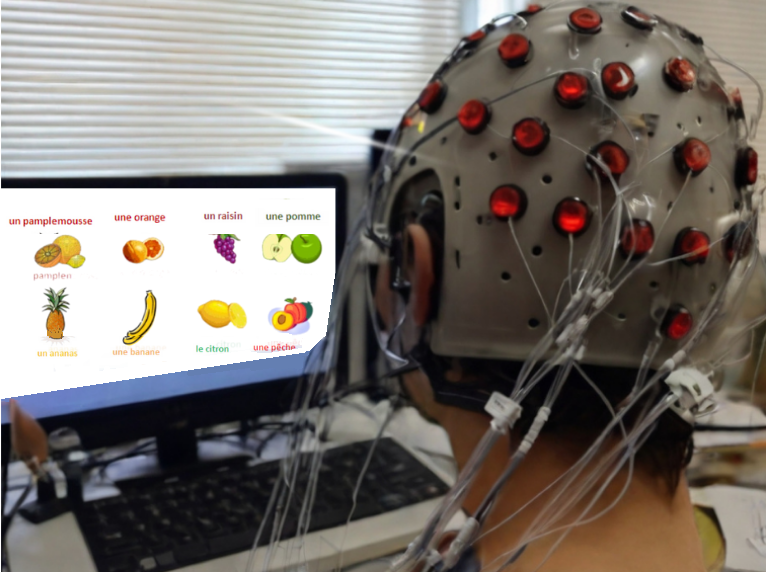
Section 1.2: Enhancing Cognitive Abilities
BCIs are emerging as powerful tools for cognitive enhancement. They facilitate a direct link between the brain and external devices, potentially improving memory retention and focus, while also transforming productivity in educational and professional settings. Although the benefits are promising, ethical issues such as privacy and informed consent remain critical concerns. Nonetheless, BCIs could significantly change our interaction with technology, boosting human capabilities in the process.

Section 1.3: A New Era in Mental Health Treatment
Recent advancements in BCIs have drawn attention for their potential to revolutionize mental health care. By leveraging sophisticated technologies, BCIs can provide real-time data on neural activity, leading to targeted interventions for conditions such as depression and anxiety. This innovative approach holds the promise of vastly improving treatment options, making them more personalized and effective.
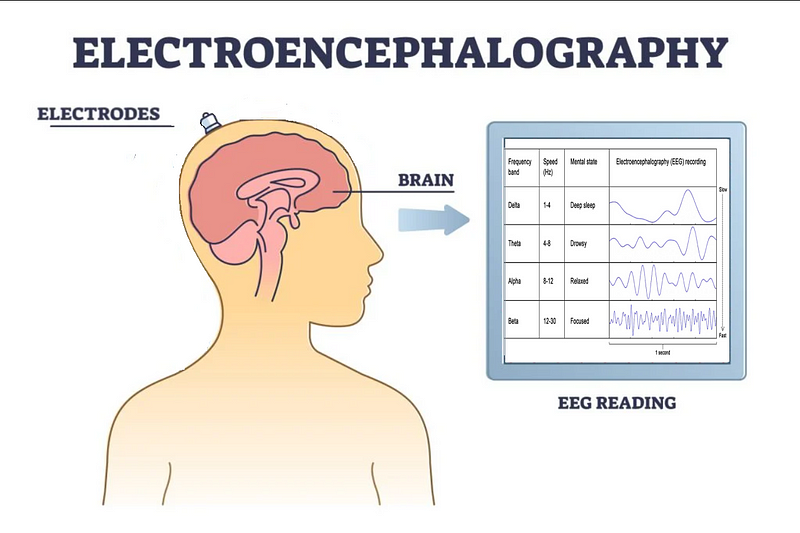
Section 1.4: Elevating Virtual Experiences
The integration of BCIs into virtual and augmented reality could change how we engage with digital environments. Advanced algorithms and sensors allow for the translation of thoughts into actions, creating immersive experiences tailored to individual preferences. By positioning the mind as the primary interface, BCIs are set to redefine human-computer interactions, unlocking new levels of accessibility and creativity.
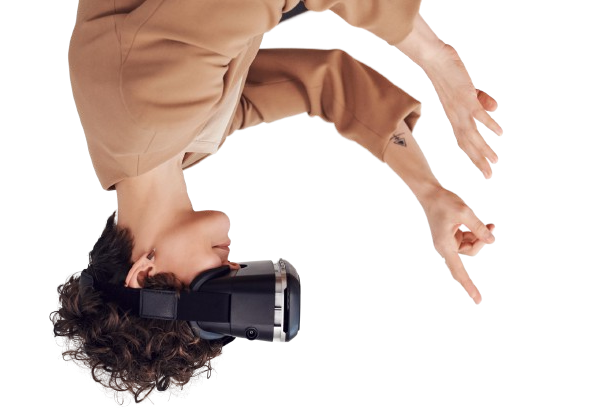
Section 1.5: Advancements in Neurorehabilitation
The field of neurorehabilitation is witnessing significant progress with BCIs. These devices offer targeted feedback that empowers patients to enhance their cognitive and motor functions. By converting neural signals into digital commands, BCIs create an adaptable environment for recovery, vastly improving the quality of life for individuals facing motor and cognitive challenges.
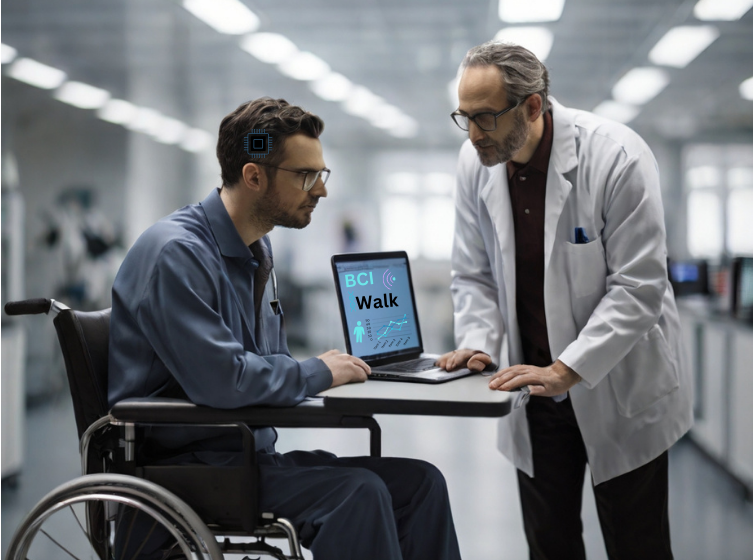
Chapter 2: Empowering Lives Through Assistive Technologies
BCIs hold the potential to transform the lives of individuals with disabilities, particularly those experiencing motor impairments. These interfaces enable hands-free computer control and enhanced mobility, allowing users to engage with technology and their surroundings in ways previously deemed impossible. For those with conditions like ALS, BCIs redefine communication, facilitating connection and self-expression.
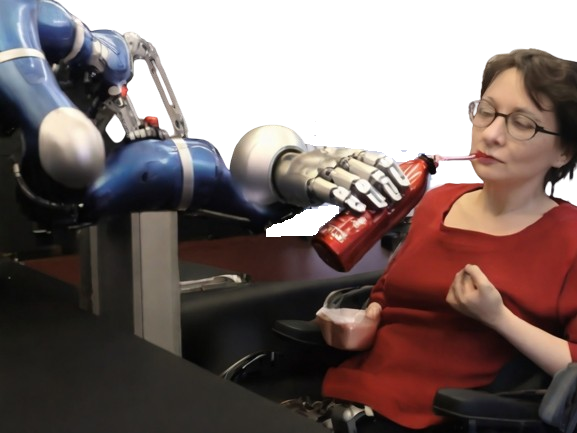
The first video titled "The Past, Present, & Future of Brain-Computer Interfaces" by Rolando Masís-Obando explores the evolution of BCIs, offering insights into their potential applications and future developments.
Section 2.1: Enhancing Assistive Technologies
BCIs are at the forefront of redefining assistive technologies. By integrating seamlessly with the brain's natural interface, they can allow for precise control over prosthetic limbs and effortless interaction with smart devices. This groundbreaking technology paves the way for individuals relying on assistive devices to live fulfilling lives.
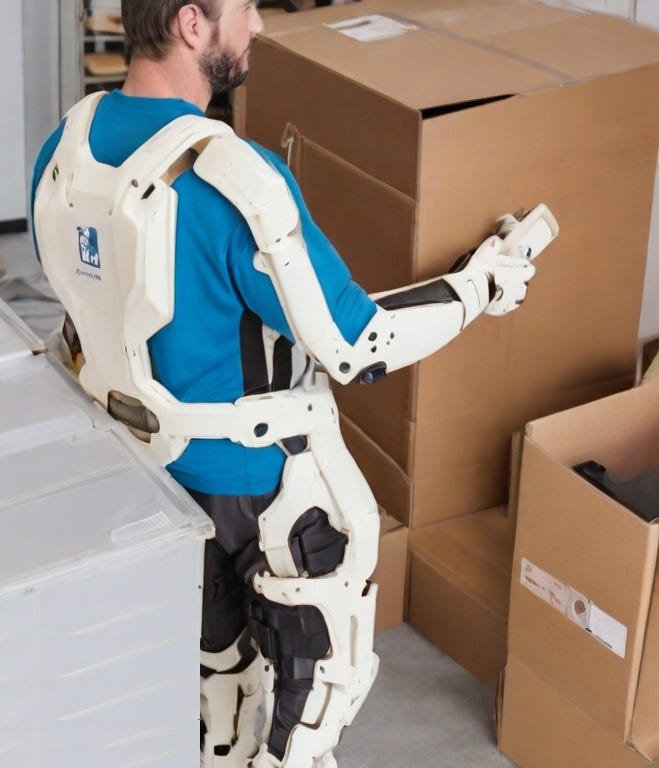
Section 2.2: Illuminating Neuroscience
As cutting-edge tools in neuroscience, BCIs provide invaluable insights into the intricate workings of the human brain. They can revolutionize neurological research, offering fresh perspectives on brain function and dysfunction. With the potential to deepen our understanding of consciousness, BCIs bridge the gap between human cognition and machine interaction.
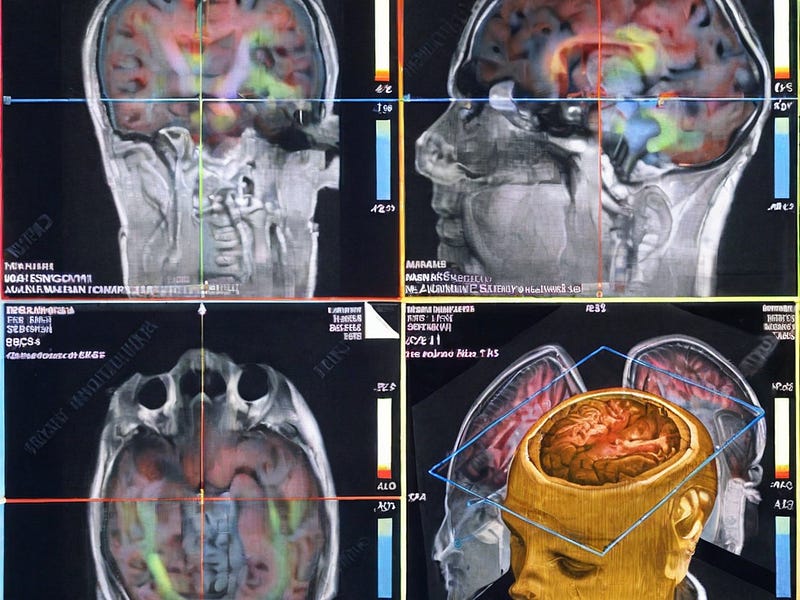
The second video titled "Basics of EEG-based Brain-Computer Interfaces" provides an overview of how EEG technology is utilized in BCIs, shedding light on its foundational principles and applications.
Section 2.3: The Future of Communication
BCIs are set to transform human interaction by enabling mind-to-mind communication, effectively eliminating language barriers. This advancement could signify a leap towards a reality where thoughts can be shared directly, significantly enhancing interpersonal relationships and minimizing misunderstandings.

Conclusion: A New Era of Connectivity
In this era of innovation, BCIs are revolutionizing connectivity, offering hope and empowerment while unlocking the brain’s potential for healing. As we look to the future, we can envision a world where thoughts become actions, communication transcends language, and the mind stands as the primary interface in this extraordinary new reality.
